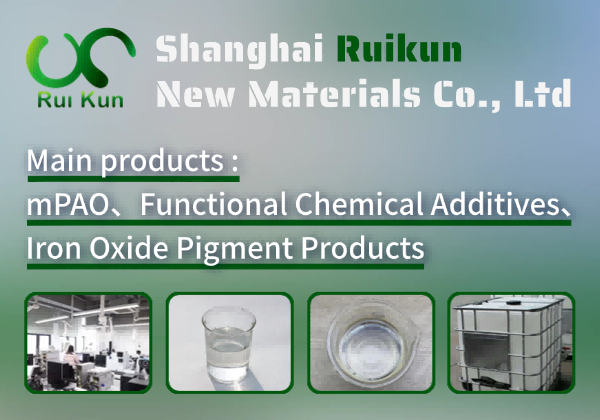What is HgCl2(caffeine)2
**Introduction to HgCl₂(caffeine)₂** HgCl₂(caffeine)₂ is a coordination complex formed by the reaction of mercury(II) chloride (HgCl₂) with caffeine, where two caffeine molecules bind to a central mercury ion. This compound is of interest in coordination chemistry due to its unique structural properties, showcasing how biologically active molecules like caffeine can interact with metal ions. The complex exhibits potential applications in analytical chemistry and materials science, though its toxicity—owing to the presence of mercury—requires careful handling. Research on HgCl₂(caffeine)₂ provides insights into metal-organic interactions, which may contribute to the development of novel catalysts or bioactive compounds. Further studies are needed to explore its practical uses and environmental safety.
Preparation Process: To prepare **HgCl₂(caffeine)₂**, dissolve **mercuric chloride (HgCl₂)** in warm ethanol (50–60°C). Separately, dissolve **caffeine** in hot ethanol. Mix the two solutions while stirring, ensuring a 1:2 molar ratio (HgCl₂:caffeine). A white precipitate forms immediately. Filter the product under vacuum, wash with cold ethanol to remove impurities, and dry in a desiccator. The compound forms as a crystalline solid. Confirm purity via elemental analysis or IR spectroscopy. Handle HgCl₂ with care due to toxicity. Conduct the synthesis in a fume hood with appropriate PPE. Store the product in a sealed, dark container.
Usage Scenarios: The compound HgCl₂(caffeine)₂, a mercury(II) chloride-caffeine complex, has been explored in coordination chemistry for its unique structural properties. It demonstrates potential applications in biochemical research due to caffeine's role as a ligand, which may influence mercury's reactivity. Historically, mercury compounds were used as antiseptics or disinfectants, though their toxicity limits modern use. This complex could serve as a model for studying heavy metal interactions with biomolecules, aiding in understanding metal toxicity or detoxification mechanisms. Additionally, it may have niche applications in analytical chemistry for detecting or separating caffeine. However, its high toxicity requires strict handling protocols, restricting widespread use.
HgCl2(caffeine)2 Basic Info
HgCl2(caffeine)2 Price
China: $100 - $250
Russia: $200 - $400
Germany: $250 - $400
India: $100 - $250
Japan: $300 - $500
Brazil: $200 - $400
South Korea: $250 - $450
Philippines: No results
United Kingdom: $250 - $400
France: $250 - $450
Mexico: $150 - $300
Canada: $200 - $350
South Africa: No results
Egypt: No results
Turkey: No results
Thailand: No results
Indonesia: No results



